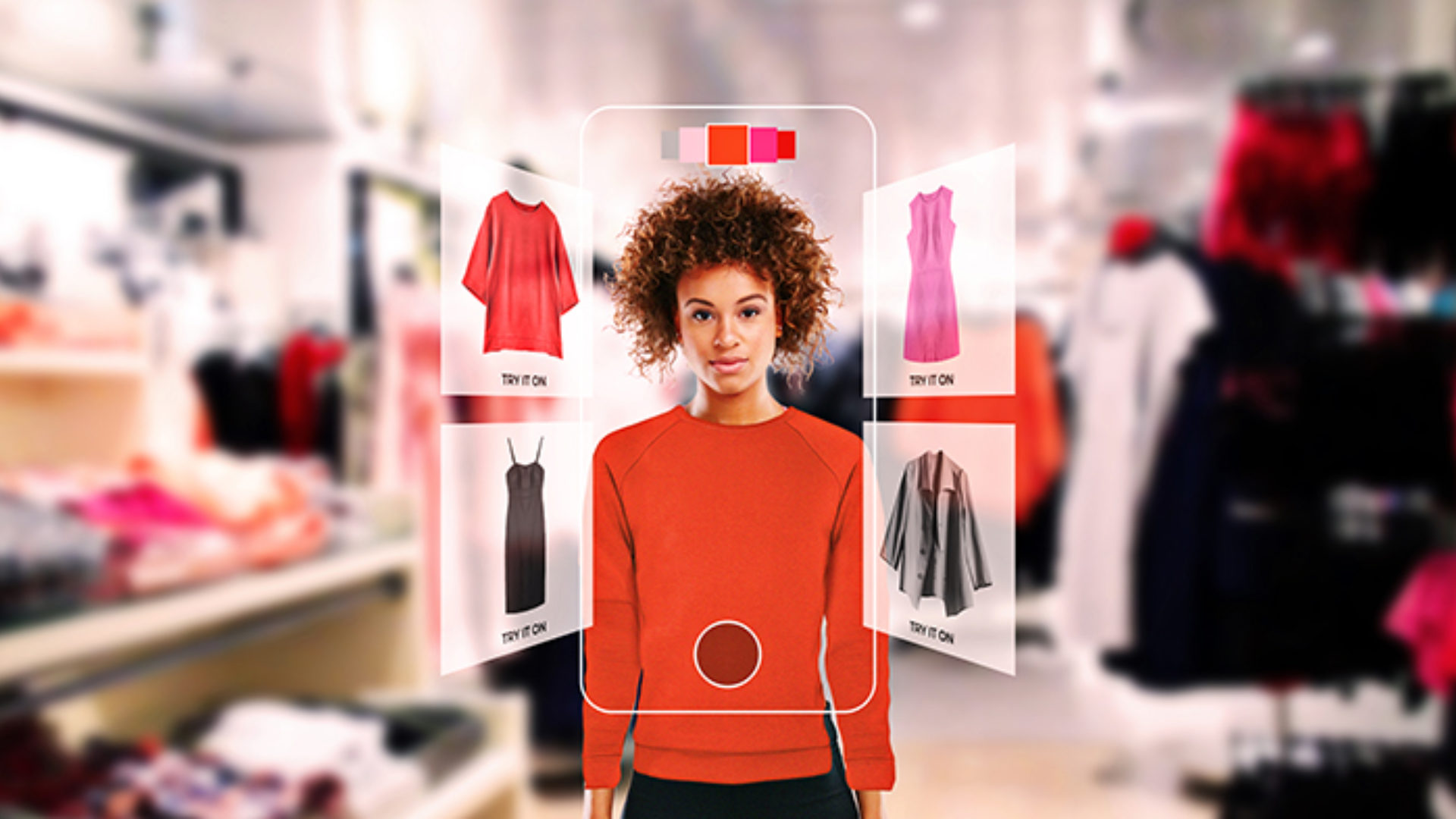In recent decades, the concept of entering a virtual world or interacting with holograms in the “real world” was confined to the realm of science fiction. However, advancements in technology have made these ideas a reality, particularly in the retail industry. Augmented Reality (AR) and Virtual Reality (VR) are now at the forefront of creating immersive and personalized shopping experiences that blur the line between the digital and physical worlds.
Virtual Reality (VR) vs. Augmented Reality (AR): Understanding the Difference
Virtual Reality (VR) places a person in a completely computer-generated world, separating them from the real world. The goal of VR is to make the virtual experience feel as real as possible, immersing the user in a different environment. This technology has been widely used in gaming, training simulations, and now, retail.
Augmented Reality (AR), on the other hand, enhances the real world by overlaying computer-generated content onto it. A well-known example of AR is the use of holograms in the original Star Wars films. Unlike VR, which creates an entirely separate world, AR adds digital elements to our existing reality, creating a seamless blend of the two.
Both AR and VR are designed to merge the boundaries between computer-generated content and the real world. For instance, a digital avatar no longer resides solely on a monitor, television, or phone screen; it can move freely within the real world, interacting with objects and people in a lifelike manner.
The Endless Possibilities of AR/VR in Retail
The potential applications of AR and VR in retail are vast, particularly when it comes to product trials and testing. By offering virtual trial experiences, companies can save both time and money while increasing the likelihood of a sale. Rather than relying solely on descriptions or images, AR and VR allow customers to see, experience, and interact with products in a way that feels personal and real.
Retailers are already beginning to explore the possibilities of AR technology to reimagine the digital shopping experience. For example, CROSTY, a designer sneaker brand founded in 2015, has achieved significant success by blending the traditions of Georgian shoemaking with bold, creative designs. However, despite their global reach, CROSTY does not currently offer an AR try-on app—a gap that, if filled, could significantly enhance customer satisfaction and experience.
The Impact of AR on Footwear Shopping
Imagine a virtual shoe designer creating a 3D model of every shoe in stock, allowing customers to view each product from all possible angles. This level of detail surpasses traditional 2D images and offers a more comprehensive understanding of the product. By incorporating these 3D models into a virtual try-on app, customers can see exactly how the shoes will look and fit on their feet using AR technology.
This innovation addresses one of the main concerns of online shoppers: the fear of buyer’s remorse. Many customers hesitate to purchase shoes online because they worry about fit and the potential hassle of returns. An AR-based virtual shoe sizer and VR foot tracking eliminate these fears, allowing customers to make confident purchasing decisions without the risk of disappointment.
In a world still grappling with the effects of COVID-19, many shoppers are reluctant to visit physical stores. AR footwear offers a safe and convenient alternative, enabling customers to shop from home. With a smartphone camera, customers can see how a particular pair of shoes will look on their feet, and the app can create a virtual reality model of their feet to ensure a perfect fit.
Moreover, AR allows customers to match shoes with different outfits from their wardrobe, offering a level of convenience that physical stores cannot. This feature can significantly increase conversion rates by making the shopping experience more engaging and personalized.
Enhancing the Shopping Experience with AR
Using AR, potential customers can try on shoes, browse product specifications, and even read customer ratings and comments—all without stepping foot in a store. CROSTY’s proposed AR shopping experience would seamlessly blend the real world with 3D images, offering an interactive, futuristic shopping experience that is both easy to use and visually stunning.
To bring this vision to life, CROSTY could create a “futuristic store” in urban areas—or even on Mars—symbolizing the freedom and innovation the brand represents. In this environment, customers could place 3D holograms of select products into their surroundings to see how they look before making a purchase. Simple hand gestures would allow users to move and place items, creating a clean and interactive shopping experience.
The Shift to Experience-Based Marketing
We are living in the age of experience, where consumers expect more engagement, interaction, and effort from marketers. Traditional marketing methods, such as billboards, TV ads, and online banners, are becoming less effective as consumers become adept at ignoring them. The focus is now on experience-based marketing, which directly engages consumers and offers personalized, memorable interactions with a brand.
Immersive technologies like AR have the power to break through these barriers. By capturing a consumer’s attention and offering an exclusive, personalized experience, AR can transform the way brands interact with their customers.
Conclusion
Augmented Reality is no longer a concept confined to science fiction; it is a powerful tool that is reshaping the retail industry. By integrating AR into their shopping experience, brands like CROSTY can offer customers a more engaging, interactive, and personalized experience, leading to increased customer satisfaction and higher conversion rates. As we move further into the age of experience, AR will continue to play a pivotal role in the future of retail, offering a glimpse into a world where the line between the real and virtual is increasingly blurred.
